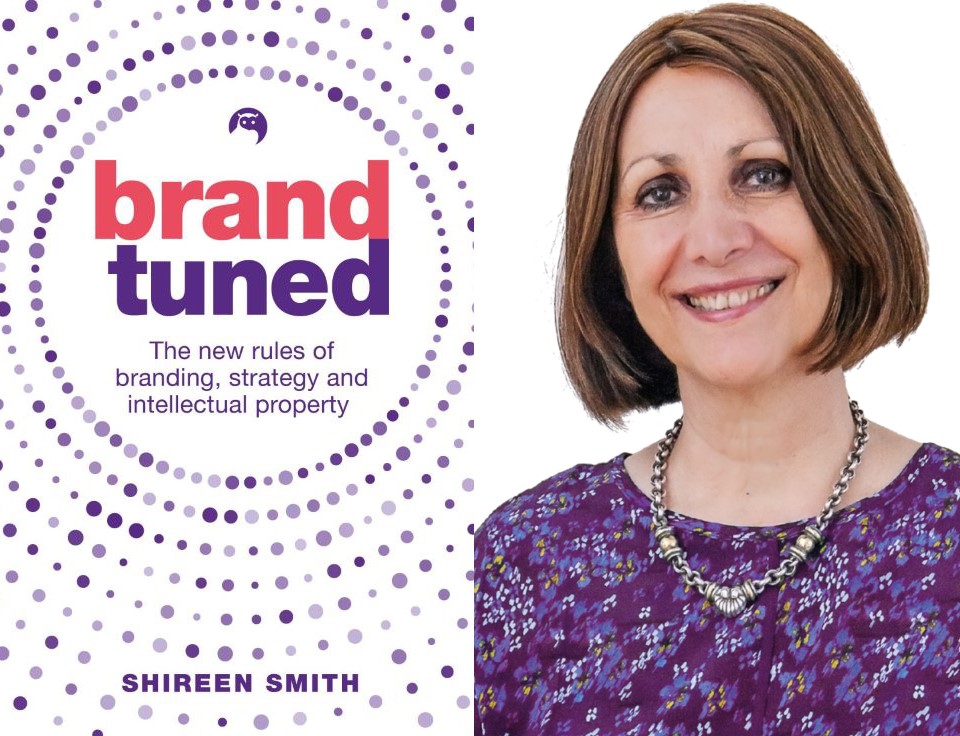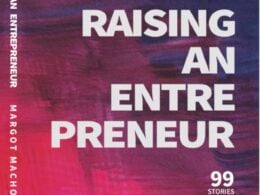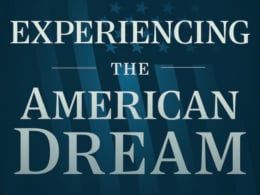The following is excerpted from “Brand Tuned” by Shireen Smith (Practical Inspiration Publishing, September 2021) with permission.
Think IP first!
In chapter 3, we became familiar with the concept of IP, and in chapter 2 we had a short introduction to the problems that can arise from ignoring IP in your branding process. In this chapter, we are going to look in more detail at the first step of the TUNED branding framework: think IP first.
The aim should be to create a distinctive brand that stands out in your category and looks unmistakably like you. You should not be confused for a competitor. What is involved to do that?
Choosing IP assets as barriers to entry
Reaching customers is about creating brand assets that get their attention, help them to remember you, and make you recognizably different from competitors. The brand assets you prioritize creating should be protectable IP and protected once created, to deter copying and preserve your distinctiveness and commercial viability. IP is not a hurdle to jump. Rather, it is a useful tool in your business arsenal that helps you to decide what to create. This goes beyond doing clearance searches to check whether a proposed intangible element is available to use.
More than simply checking availability, think of IP as erecting “barriers to entry,” or as Warren Buffett refers to it: a moat around your business. As well as identifying an advantage that your business might offer that is difficult to mimic or duplicate and thus creates an effective barrier against competition from others, you should aim to create distinctive branding that sets you apart and makes you more recognizable.
This is not as easy as it sounds, though: much copying that occurs in business is not legally actionable, and many of the distinctive assets you might use in business are not ownable except after long and prolonged use over time. Even then you may not be able to secure ownership of them. It makes sense, then, to prioritize creating and protecting assets you can readily own and place less emphasis on assets you are unlikely to ever own when building your brand.
Jenni Romaniuk, a professor conducting research at the Ehrenberg-Bass Institute and author of the book Building Distinctive Brand Assets, says that branding “is about making the brand name memorable – nothing more, but also nothing less.” She researched the extent to which various brand assets can substitute for the brand name once a brand becomes sufficiently well known.
The type of non-name signifiers that you might choose to build mental associations with your brand name might include:
1. A logo.
2. A face icon – such as a symbol of an animal.
3. A shape icon – such as McDonald’s M, golden arches.
4. The shape of packaging – such as the Coca-Cola bottle.
5. A distinctive font – such as the Snickers chocolate font.
6. A tagline phrase – such as Just Do It.
7. A sound – such as the 118 118 jingle or music that is associated with the brand.
8. A colour or group of colours – such as the Tiffany blue.
9. A celebrity endorser.
10. Design of a product or its packaging.
11. A look and feel that is protected – such as of a website or the internal layout of the Apple Store.
12. Photographs, illustrations, and imagery.
13. Content created on a website, or copy used in the ad and in any scripts created for an ad or video – such as
the Marks and Spencer ads that say “This is not just food… This is M&S food.”
IP laws apply to these assets in different ways, meaning there are different actions you need to take to secure your rights depending on what you choose to create. Different considerations arise when deciding whether to use an asset because the steps involved to protect an asset depend on what the asset is. Protection is how the asset remains unique to your brand and enables you to take effective action should competitors copy you. Protection of some assets, such as celebrity endorsements, focuses on the legal agreement you use with the celebrity; while for others, such as music, the key is both the legal agreement and applying for available IP registrations. In the case of music, this would be the agreements when licensing use or commissioning a piece of music to be written for you; and either copyright ownership or trademarking, or both.
To reach a stage where people automatically associate a distinctive element of your brand with your brand name takes time, and repeated and consistent use. Legal protection is key in giving you the time and space to build those associations to your brand in buyers’ memories while keeping competitors at bay. Place less emphasis initially on those assets you are unlikely to ever own as you build your brand. Instead focus on
some basic assets you can readily own. Then in due course, once you have built these initial assets, you might choose others to associate to your brand. Consider the legal dimension before choosing promotional or creative designs.
Your brand name and key brand assets can provide patent-like protection for your successful business provided they are well chosen and are properly protected and enforced. Incidentally, if you don’t yet have the financial resources to put into branding, or just want to test your ideas quickly, I suggest adopting a temporary name (even if there is a name you really want to use), and use low-cost visual designs while you test your business idea. This means you can get started and get market feedback for your business idea quickly and cost effectively. Then with greater insight into your market, choose a suitable name and visual identity.
“Brand Tuned” is available now and can be purchased via StartupNation.com.






